Buying a New Rolex Daytona Is Now Almost Impossible

If you want to purchase a Rolex Daytona new at retail, you are among what appears to be millions of people who “register their interest” at authorized dealerships every year. Our recent research shows that, unless you’ve got an “in” at a Rolex dealership, chances are near zero that you’ll score a Daytona at retail.
I walked into to four Rolex authorized dealers in Manhattan, asked about buying a new Daytona, and was universally shot down and offered no hope. Three of the Rolex salespeople I spoke with said there was no chance I’d get a brand new Daytona, with the fourth citing a curiously specific 15-year wait. As you might imagine, this was all rather demoralizing. What I learned, however, was fascinating.
More from Robb Report
England's Soccer Team Has the Most Expensive Watch Collection in the Euro Finals
Parmigiani Fleurier Just Dropped 3 New Perfectly Sized Tonda Watches
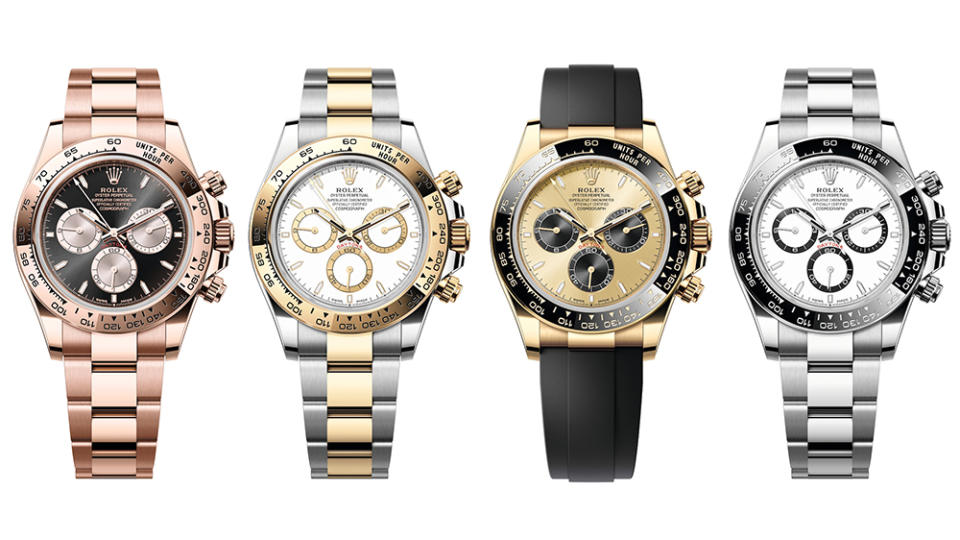
Why Bother Trying?
If it’s so impossible, why would one bother trying to get a Daytona at retail? Answers usually include price and bragging rights.
Concern over price makes common sense, because a current steel Rolex Daytona reference 126500LN retails for $15,100, while a pre-owned example will cost you right around $30,000 today. Common sense and luxury goods aren’t always comingled, however.
The deeper reason people long for a Daytona at retail is the status flex of having gained access to these exceptionally rare retail opportunities. Anyone with the cash can go drop $30,000 on a pre-owned Daytona, but vanishingly few people out of many millions who inquire each year will become first owners of a Rolex Daytona at retail pricing. Add in the buy-low-sell-high mentality of the financial class obsessed with nabbing a Daytona at retail, and we get the horological equivalent of a trading floor showdown.
Whatever motivates those hungry to score a Daytona at retail, you’re in for a fight.
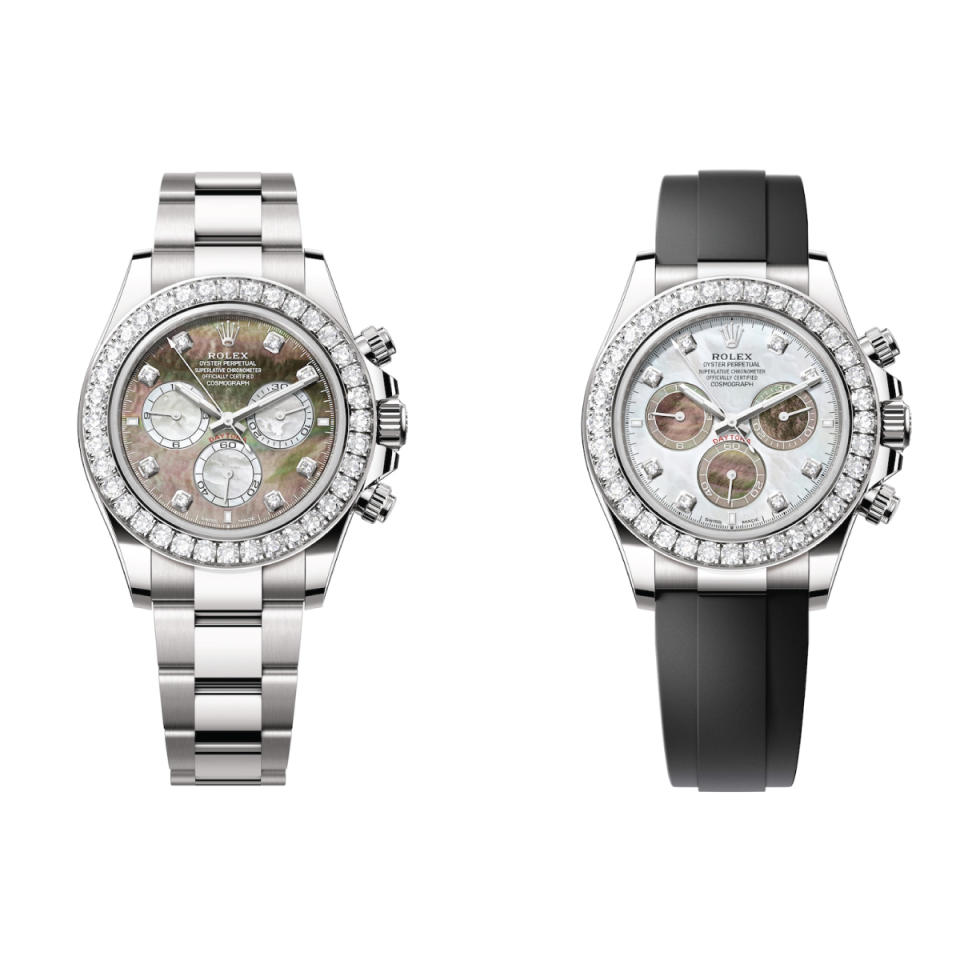
“Register Your Interest”
Back in May of 2020, our esteemed colleague Lucy Alexander wrote an article for Robb Report entitled “How to Get Your Hands on the Elusive Rolex Daytona.” Lucy went to a Manhattan Rolex authorized dealership and was told two things you’ll never hear today: 1) She’d have to wait a bit for a Daytona, and 2) she could walk out with a two-tone Submariner, right then and there.
Things have changed drastically in the four years between 2020 and 2024. Today, Rolex dealerships will sell you nothing if you walk in cold, and it can take years to get the call for a new Submariner, two-tone or otherwise.
At three of the boutiques where I inquired about getting a Daytona, the salespeople quickly made it clear that I would not be able to get one. Each of them said they would “register my interest,” however. This phrase is now ubiquitous in the esoteric subculture of Rolex retail shopping. Confusingly, “registering your interest” has nothing to do with getting on an actual waitlist. That would require a “request,” which means you’ll be entered into the “registry.” One of the salespeople went out of her way to make this distinction crystal clear, noting that registering my interest was, “not a request. It’s just registering your interest.”
“What would be the point of registering my interest, then?” I asked.
“Well, we would take your name and number, and then we’d know that you were interested.”
This absurdity rendered me momentarily speechless, but I snapped out of it and asked her how many people bothered to register their interest. She told me that between 50 and a 100 people register their interest in the Daytona every day. Taking the mid-range estimate of 75-inquiries-per-day, that’s 27,375 people registering their interest per year—at just one Rolex authorized dealer. Millenary Watches reported in 2022 that Rolex operated 1,816 retail sites globally, bringing a conservative estimate to something like 30 to 40 million Daytona inquiries per year globally. That’s a lot of names and phone numbers to write down for no apparent reason.
“Fifteen Years?”
At one boutique, I got an actual, specific answer on the wait time. A handsome and tall woman with brown hair and a licorice voice told me the wait for a Daytona would be, “Probably around 15 years.”
My brain failed to process this number. “Five years?” I asked.
“No, fifteen.”
“Fifteen years?” I asked.
My incredulity curried me no favor with this sophisticated woman, who then literally looked down her nose and added, “Probably longer.”
I almost laughed out loud, partly because I realized I’d be 70 by the time I got a Daytona, and partly because I found her estimate of 15 years oddly specific. Are there people who are waiting just 14 years? Was I supposed to give her my phone number and ask her to call me in 2039?
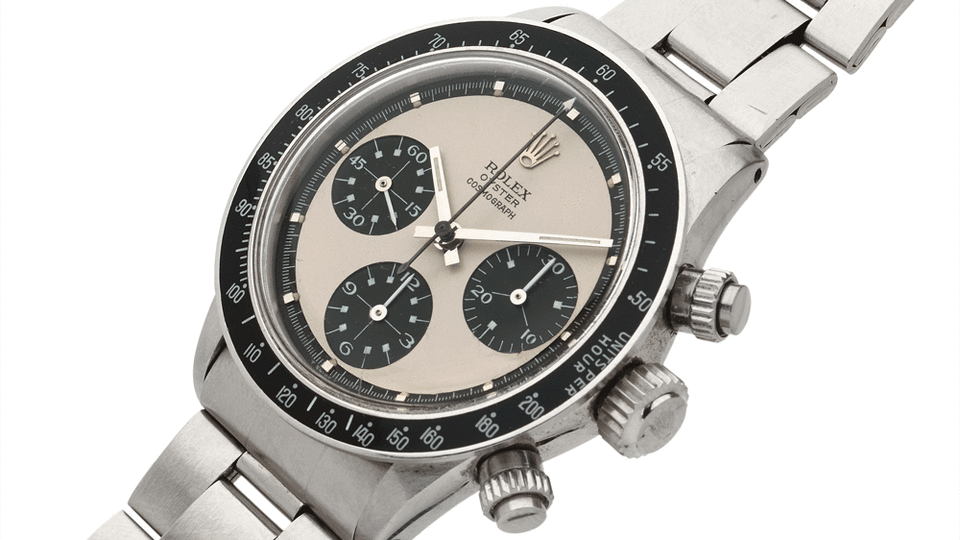
The Truth Bomb Drops—Buy Other Stuff First
I slipped into another boutique that doesn’t sell Rolex, but their other locations do. I asked if the saleswoman thought I might be able to get a new Rolex Daytona at one of their other locations, and she laid out what seemed like the plain truth. “Honestly, you’d need to buy other things in order to be considered.”
“Would I need to buy other Rolexes?” I asked.
“Rolex? No, you could buy an Omega, and then maybe a Cartier, and then you would maybe be considered for a Rolex. Some of the Rolexes have become easier to get lately, but not the Daytona.”
I thanked her for her candor and, as I left, she said, “Good luck with your Daytona search!”
I turned and said, “It sounds like I’ll be in an old folks home saying ‘I finally got one!’”
“Exactly,” she said.
That you can build up credentials with a Rolex authorized dealer by purchasing watches from other brands (as well as jewelry, where applicable) has long been common knowledge, but this was the first time a salesperson came straight out and told me that’s how it works. I can’t find anything unethical about this practice, but it strikes many as unsavory.
It also occurred to me that Rolex could use the scarcity of its new watches to leverage sales of its certified pre-owned models.

“We Can Offer You a Pre-Owned Daytona”
Naturally, the above conversations swiftly pivoted to pre-owned Daytonas. One stylish saleswoman who knew every historical and technical detail about the various Daytonas on offer was blunt. “So, yeah, you’re not going to be able to get one new, but we have these exceptional pre-owned models just over here,” she said while extending an elegant arm and effortlessly corralling me and my friend over to the pre-owned section.
She told me that the 1999 Zenith-powered Daytona with the white dial used a high-beat movement, which Rolex later replaced with a movement with a mid-range beat rate, and that this neo-vintage model would cost $31,500. She then shared a current-model 2019 reference 126500LN with a black dial for $32,500 (a new one, remember, would cost $15,100). I tried them both on and told her I still wanted to buy one at retail.
“What if I went for a solid gold Daytona? Would that be available at retail?”
Her fading smile suggested she was growing annoyed. “I like to be a factual person,” she said, and refused to hypothesize on when I might be able to get a gold Daytona at retail. She explained that they have many people on the registry for them. Then I heard another refrain I’d heard before: A Rolex dealership has no idea when Rolex will allocate a Daytona (or any other watch) to their store. When I asked how Rolex decided which dealer gets this or that “allocation watch,” she said she didn’t know.
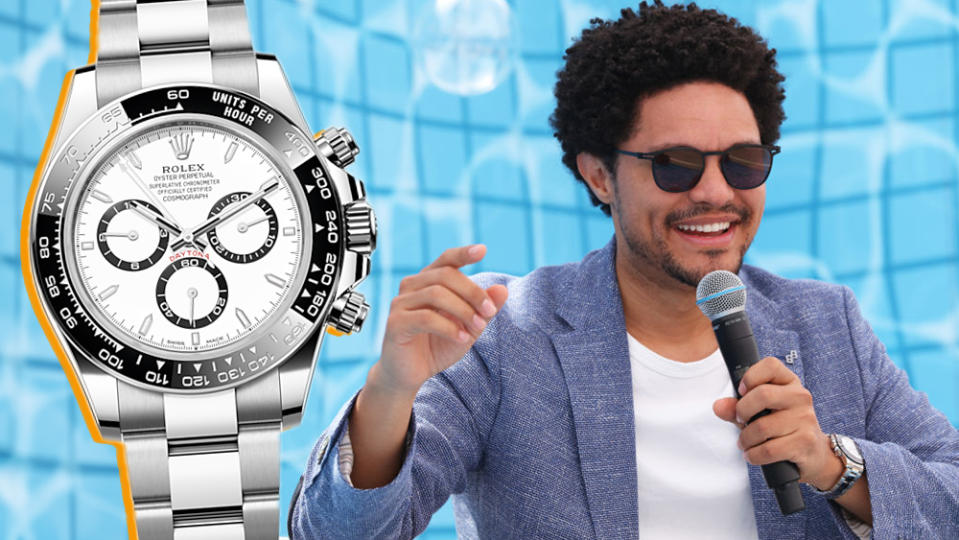
Did Rolex Create New-Model Scarcity to Drive Pre-Owned Sales?
Many have wondered why Rolex has transformed itself from an accessible (if not cheap) premium watch brand to an exclusive luxury brand with zero new models available to walk-in customers. The answer I used to give was that Rolex was playing an obvious game of luxury positioning in a bid to protect the brand from the tarnish of overexposure. One of the key differences between a premium and a luxury brand is access. That’s literally a text-book luxury branding strategy, one that Rolex seems to have gradually adopted over the last ten years or so.
But when Rolex announced its Certified Pre-Owned program last year and rolled it out globally, it seemed there might have been a different method to the madness. By limiting access to their entire catalog at retail, Rolex could now point all its customers to the pre-owned models just across the room. And in the case of the Daytona—as well as many other desirable models—the prices for the pre-owned Rolexes are usually well above retail.
Ferrari is famous for this exclusive approach, and watch expert Eric Wind told Robb Rerport that he thinks, “Ferrari makes more money from certified pre-owned models than new ones, so perhaps Rolex feels it is a great revenue source or, at least, can help their authorized retailers make more money.”
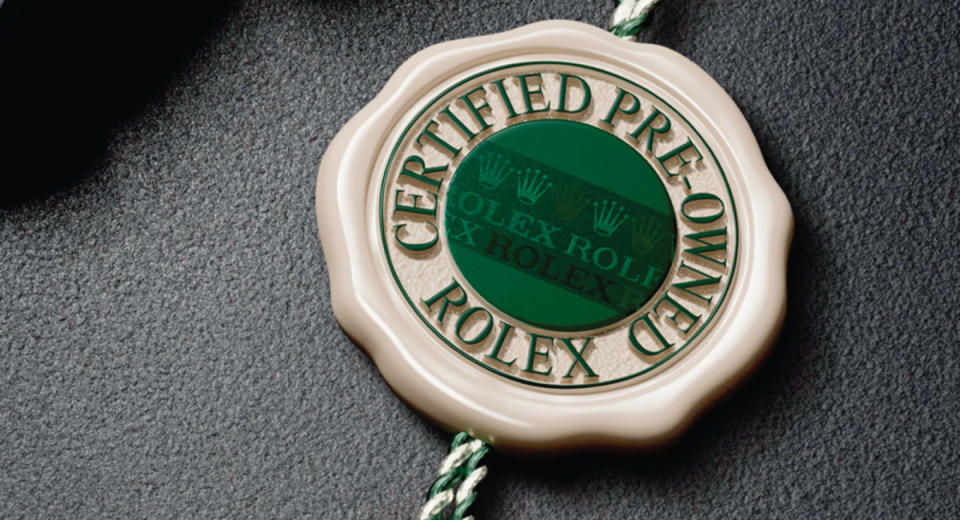
Just last year, we reported that the pre-owned luxury watch market was going to outpace the new market over the next decade. My colleague Demetrius Simms wrote that, “In 2022, pre-owned watch sales rose by 20 percent year-over-year to $27 billion (€25 billion). New watch sales, meanwhile, only climbed 12 percent to $56 billion (€52 billion).” The report by Swiss firm LuxeConsult went on to project massive growth for pre-owned watches in the coming years.
Is Rolex shorting the new market to drive sales toward the increasingly profitable pre-owned market? Is this why I can’t get my hands on a $15,100 new steel Daytona but can readily spend over $32,000 for a used one?
Maybe the trick is to just give up on the Daytona and settle for one of Rolex’s other excellent watches, which on the pre-owned market we’ve reported can now be had right at around retail prices, and sometimes below. That’s good news. But if you absolutely must buy a Rolex Daytona at retail, I’m afraid we don’t have any good news to share.
Best of Robb Report
Sign up for Robb Report's Newsletter. For the latest news, follow us on Facebook, Twitter, and Instagram.



